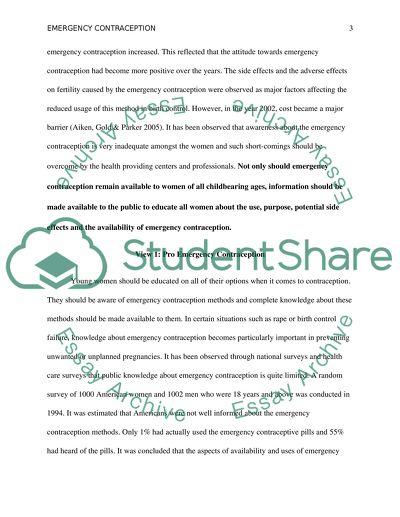Cite this document
(“Position Paper on Emergency Contraception Research”, n.d.)
Position Paper on Emergency Contraception Research. Retrieved from https://studentshare.org/nursing/1452340-position-paper-on-emergency-contraception
Position Paper on Emergency Contraception Research. Retrieved from https://studentshare.org/nursing/1452340-position-paper-on-emergency-contraception
(Position Paper on Emergency Contraception Research)
Position Paper on Emergency Contraception Research. https://studentshare.org/nursing/1452340-position-paper-on-emergency-contraception.
Position Paper on Emergency Contraception Research. https://studentshare.org/nursing/1452340-position-paper-on-emergency-contraception.
“Position Paper on Emergency Contraception Research”, n.d. https://studentshare.org/nursing/1452340-position-paper-on-emergency-contraception.


